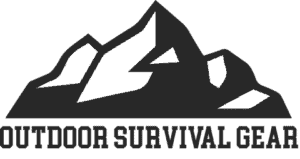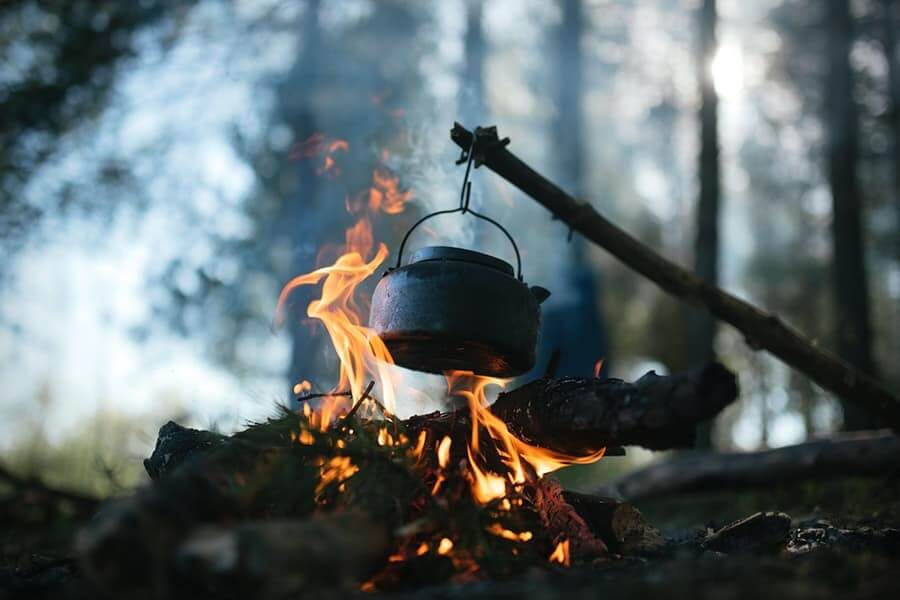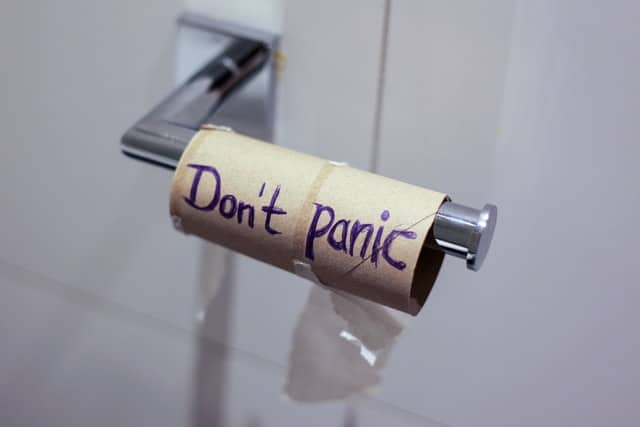It seems like every day we hear about another hiker getting lost in the wilderness, and I can’t help but wonder, if I were in that situation, what things I would need to survive in the wild?
After thinking about this question for a while, I believe there are 4 basic things you need to survive in almost any wilderness situation.
In order of importance, they are water, food, shelter, and fire. Depending on the situation, you might also need a few additional items that we’ll address in this blog post.
Did you know that an average person is likely to survive 3 weeks without food but only 3 days without water and a mere 3 hours outside of their main body temperature? Knowing this means the constituents of a survival kit should not be assumed based on your perception of priority but based on the knowledge of the situation you’ll be exposed to. The items in your survival kit can literally mean the difference between life and death within a few critical minutes or hours.
In this article, we’ll explore 12 of the most important things we need to survive in the wilderness. Please note that the priority for survival is not comfort or convenience, but staying alive and healthy for as long as you can.
What Is The Most Important Nutrient (Food Source) For Survival?
1. Water and Water Filters
The average person can only survive 72 hours without drinking water. In addition to that, experts suggest that you should store about 1 gallon of water per person per day.
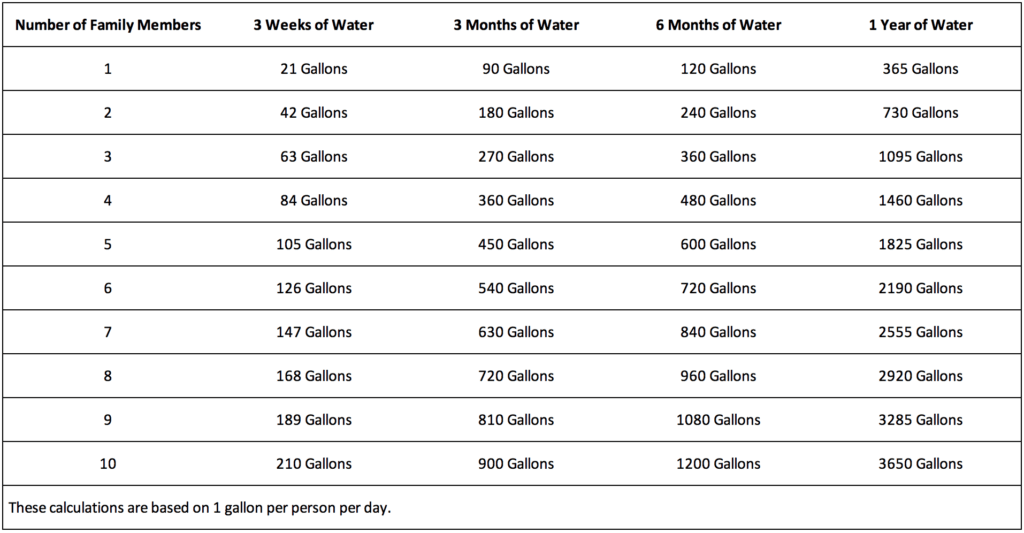
In critical cases, a few sips of clean water can be the difference between life and death. However, since in this scenario you’re probably in the wilderness on an adventure, the last thing you want is frail health, which is why you should make provision for the proper amount of drinkable water.
The reality is that it will be difficult for you to take enough water with you to the wilderness even if you’re just spending a few days. Knowing that it may be unhealthy to drink straight from the source in the wild, you need to be prepared with some kind of water filter.
There are many good water filters to choose from. A water filter, like the Sawyer Water Filter, will clean up to 100,000 gallons of water. This will help when you travel with friends and need to drink large amounts of water.
RELATED: How Do You Know If Water Is Safe To Drink In The Wild?
2. Food Storage

You also need food to survive in the wild. Without the energy from food, your body will get tired and you won’t be able to explore for other necessities. If you will be in the wild for long, you need to plan out and know exactly what food you will eat while you’re there.
You also need to carry out basic research about your location to know the edible plants and flowers just in case you need them for an emergency. It’s helpful to create a list (with pictures) based on your research with a detailed description of the wild edible foods in your area.
Regardless of the length of time, you will be in the wild, it is advisable to pack an ample supply of superfoods such as wheatgrass, maca powder, and spirulina in your survival kit. Another cool option is to include a sprouting kit in case it turns out that you have to sustain yourself more long-term.
Another good option is to take along some high-calorie, prepackaged, meals and bars like these Greenbelly Backpacking Meals.

What Are the Most Important Survival Items?
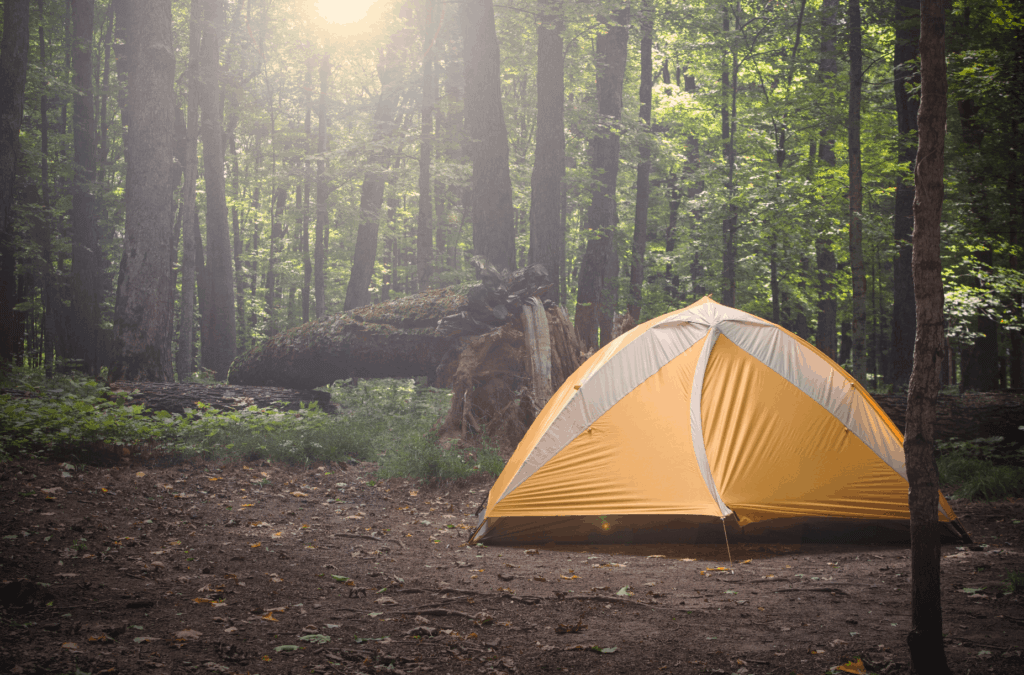
3. Shelter
A shelter can be anything from a 4-season tent to a simple tarp or large garbage bag. Finding appropriate shelter is crucial for survival in the wild due to the fact that you’re sharing the environment with potential hostiles (Animals and bugs).
If you happen to be in a survival situation, find a safe place to sleep for the night that can keep you warm and dry. You can choose to build a simple lean-to with some branches, a rope, and a tarp.
Avoid going overboard while setting up a shelter so you don’t waste important energy which could be spent on more important things like hunting for food or building a fire.
4. Extra Clothing
Hypothermia is the leading cause of death in the wild. When you head to the wild, even if it is a hot and sunny day, you need to prepare to dress for the worst. If your only aim is to counter the night cold with fire alone, it will most likely be insufficient.
Layer your clothes and remember to wear clothing that is preferably made with wool as your base layer. Avoid clothes made from cotton as it retains more moisture and is less insulating.
RELATED: What Are The Different Types Of Outdoor Survival Jackets
5. Sanitation/Toilet Paper/Soap
While comfort is not a pursuit when you’re in the wild, you still have to maintain basic hygiene. You need to brush your teeth, wash your hands, and leave behind your body waste.
If it comes down to it, you can make a toothbrush by chewing the soft ends of a small tree to create bristles. If you’re lucky, you can wash in a nearby river or stream. If not, having baby wipes on hand can help clean those important areas of your body that need a little extra attention.
If you need to use the bathroom, you should dig a hole or go very far downstream from your shelter. To avoid most of these uncomfortable situations, your survival kit should include soap, toilet paper, body cleaning wipes, and a toothbrush.
6. First Aid Kit
No matter how impromptu your trip to the wild is, never go without including a first aid kit in your survival kit. Even if you’re familiar with the terrain and been there countless times, you just never know when you’re going to need something from your first aid kit. It’s better to have it and not use it than to have a need for it and not have it.
Moreover, emergencies don’t give us any notice. It’s better to be prepared. A general first aid kit will do, but you are safer supplementing it with items that will benefit you for your specific situation and location.
What Is The Most Important Tool For Survival?
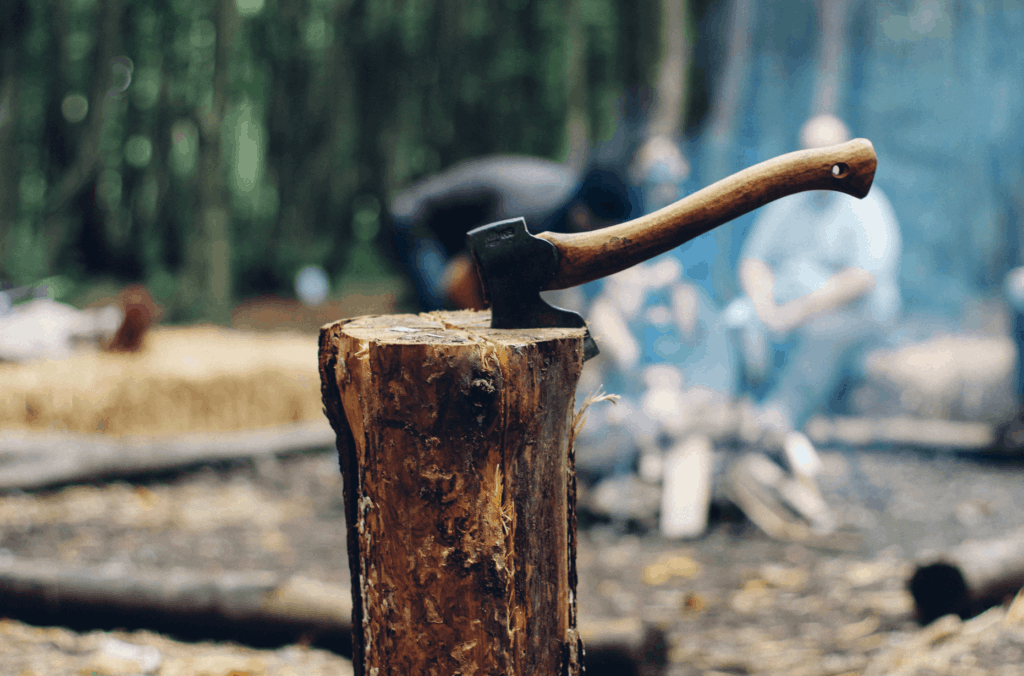
7. Multi-Purpose Tool/Knife
If you’re ever in a survival situation, there is a high probability that you will need to do a lot of different tasks that will require more than just your hands.
To perform these chores, you’ll need a good and reliable multipurpose tool. With your multipurpose tool, you should be able to accomplish most of the difficult tasks you have tackled.
8. Axe/Hachette
As simple as it might sound, having an axe can simplify a survival situation and ease you through the adjustment process. Choose a durable and sturdy axe that you can swing without losing balance. Having an axe or Hachette is sort of one step up from having a multi-purpose tool.
You can probably get the job done with the tool or a simple saw, but you’ll be able to save hours of time and countless amounts of energy by using the axe vs a multi-purpose tool.
9. Light Source
No matter how much experience you have as an adventurer, being shrouded in complete darkness can completely disorient even the best outdoorsmen. Even if you’re in a familiar area, an adventure in the wild usually means you plan to be active at night.
Having a light source could make your adventure that much more comfortable. Fortunately, flashlights these days are becoming more lightweight and smaller with stronger and more piercing beams.
What Is The Most Important Skill For Survival?
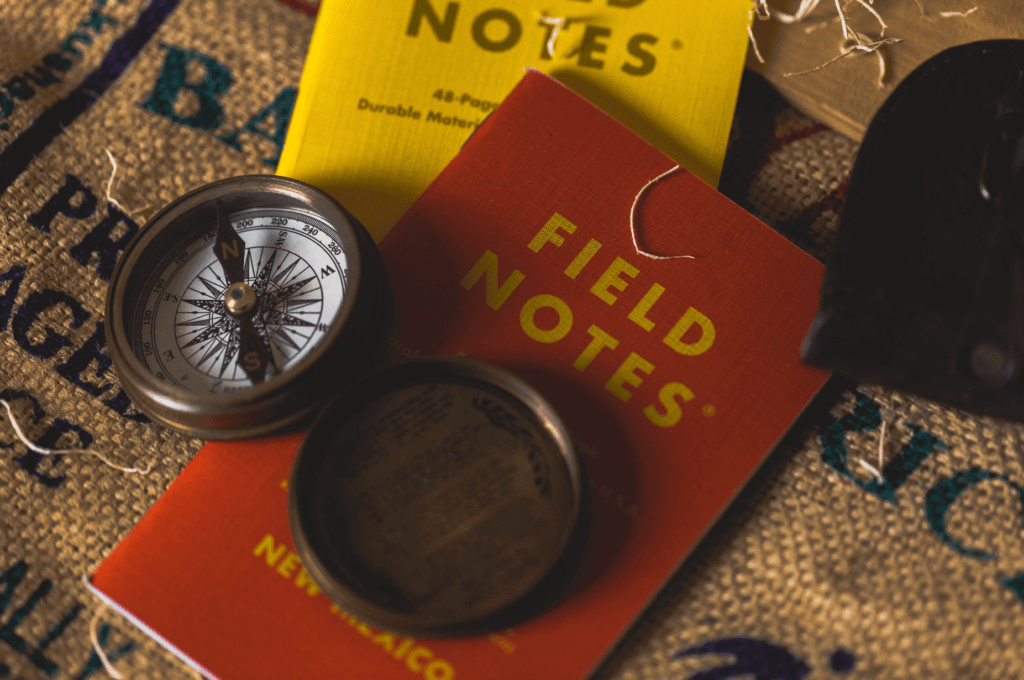
10. Compass Skills
Most people know how to use the basic functions of a compass, but very few have mastered the skillfully. If you combine your compass skills with a map of the camping area, there is very little chance you’ll get lost in the wilderness.
You can navigate your compass to locate your camp, a major roadway, a river, or any other major point to help you get to your desired location.
11. Map Skills
When you’re in a survival situation, most GPS systems won’t the way you want them to. Most people use their phones to navigate around. The flaw to this is that unless you download an app and then download the actual map of your location, you won’t have access to it unless you’re in an area with service.
The other thing to consider is that if you don’t bring a battery backup for your phone, it will only last a short period of time.
Basic map reading skills are key when trying to get from point A to point B in the wilderness. You should be able to navigate yourself back to safety with no issue.
12. Fire Starting Skills
Matches are ideal for starting a fire in the wild and they are pretty easy to store for long-term use. But, if you don’t have matches or a lighter, you still need to be able to start a fire for your own survival.
You can use flint and steel, a magnifying glass, a 9-volt battery with steel wool, or a number of other methods. Having these skills and tools at the ready could be a matter of life and death.
Conclusion
And that’s it! Just remember that your ability to survive will ultimately come down to your preparedness level and skill level. You should take nothing for granted when it comes down to the most important things you need to survive in the wild.
Ensure you have these critical items loaded up and know how to use them. Do a little bit each day to get yourself prepared and if there is ever a need for it, you will be better prepared than most to handle life in the wild.
RELATED: How To Start Prepping For Beginners – A 10 Step Guide
